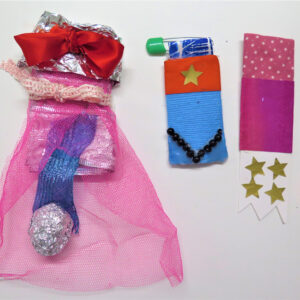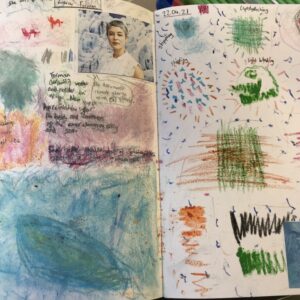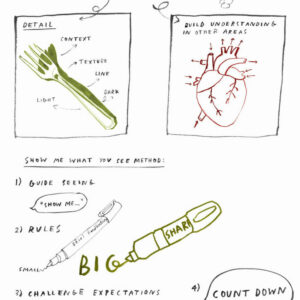Questions to Ask Children
What kind of personality do you think this mascot might have?
What do you like or dislike about the mascot? Why?
The mascot was designed to capture the spirit of London (vibrant, diverse, busy etc), how it could be adapted to reflect your local area?
Questions to Ask Children
Describe the different features you can see in the mascots.
Why do you think Brazil chose to create an mascots based on nature?
What kind of personality do you think the mascot(s) might have?
What do you like or dislike about the mascot(s)? Why?
Brazil is home to the biggest rainforest and most famous carnival in the world. Do you think the mascots reflect Rio? Why?







